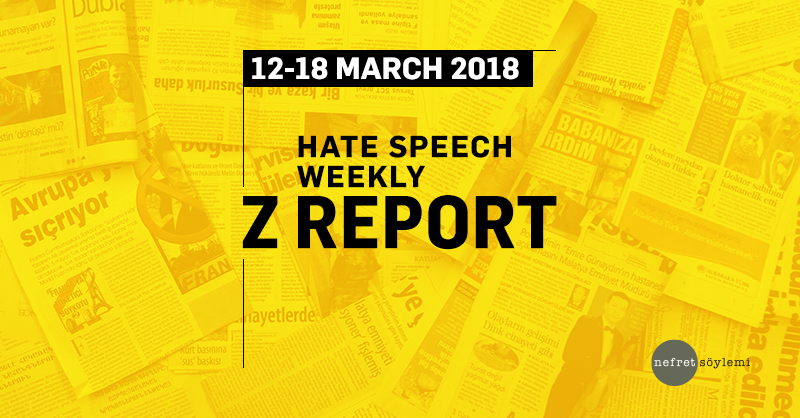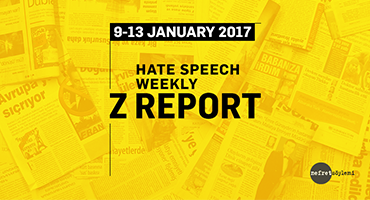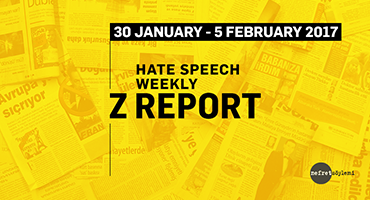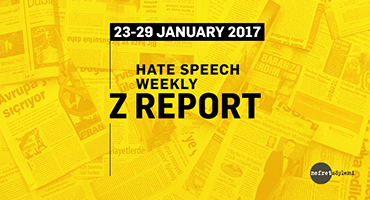Within March 12-18, 2018, four articles that generate hate speech were selected. You can find these articles that contain hate speech against Jews, Buddhists, Armenians and Greeks as well as the analyses written about them below.1
1.
The article published in Milat with the title “UN structure must be changed” on the front page and with the title “Armenian murderers should be brought to account” changes Turkish Prime Minister Binali Yıldırım’s statement “It would be better if the US asks Karabakh Armenians about the crime against humanity in Karabakh instead of rewarding them” to “Armenian murderers” and uses it in the title. Thus, the newspaper regenerates and spreads a discourse which associates Armenians with violence and labels them as enemies.
|
2.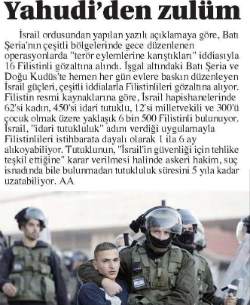
The article published in Yeni Konya with the title “Jewish atrocity” covers the detention of Palestinians by Israeli security forces by attributing the incident to Jewish identity. In this way, the newspaper escalates prejudices and enmity against Jews.
|
3.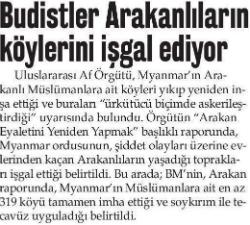
The article published in Yeni Akit with the title “Buddhists occupy the villages of Rohingya people” covers the incidents in Myanmar. In doing this, the newspaper holds all Buddhists responsible and paves the way for building prejudices against Buddhists.
|
4.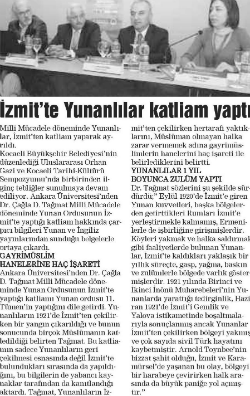
The article published in Kocaeli Derince Ekspres with the title “Greeks carried out a massacre in İzmit” associates all Greeks with violence through its title and the sub-heading “Greeks tormented for a year”. In this way, the newspaper puts a historical discourse of enmity against Greeks into circulation again and incites enmity between peoples.
|
1. Within the scope of the media monitoring work focusing on hate speech, all national newspapers and around 500 local newspapers are monitored based on pre-determined keywords (e.g. Traitor, apostate, refugee, Christian, Jewish, separatist, etc.) via the media monitoring center. While the main focus has been hate speech on the basis of national, ethnic and religious identities; sexist and homophobic discourses are also examined as part of the monitoring work.

